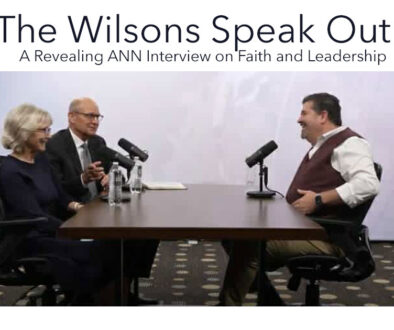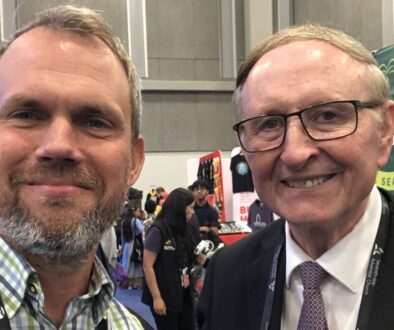Hispanic Congregations and the Second Generation
by Monte Sahlin
An important part of the growth of the Seventh-day Adventist Church in North America is the expanding number of immigrant churches, especially Hispanic congregations. Most of these function in the Spanish language and they provide significant support for newly-arrived migrants from Latin America. They also have serious difficulty holding on to the second generation—the young adults who came to “el Norte” as small children or were born here. They grow up with a different cultural experience than that of their parents and very high percentages leave the church as they establish families of their own.
An excellent ethnographic study of this reality was done by Ken R. Crane and has been published as Latino Churches: Faith, Family and Ethnicity in the Second Generation. (2003, New York: LFB Scholarly Publishing) Crane is an Adventist with a PhD in sociology from Michigan State University. He did his field work in an Adventist church as well as a Pentecostal group and a Catholic parish. His study provides useful insights for anyone seeking to understand what is going on with the changes in American religion.
Crane tells the stories of a number of young people to give the volume texture and accessibility. He also describes the larger picture, summarizing data from several sources along with his own work. He points out that the short-term impact of the growing immigrant sector “has been that some denominations like Seventh-day Adventists and Assemblies of God, which had been moving toward less tension with the world, find themselves in a ‘sectarian drift.’ The second generation however is moving in a less conservative direction. Surveys of Latino Adventist youth show that they depart significantly from their first generation counterparts on a number of fronts.”
Summarizing the research on second generation Hispanic young adults in the Adventist Church, Crane writes: “They are less aggressive evangelistically, less strident about certain defining doctrines, more open to seeing women in the pulpit, and more likely to be engaging in such activities as dancing (still a taboo among Anglo Adventists). In other words, the sectarian posture of immigrant Latino Adventists is not being reproduced in the second generation.”
There is also a strong sense of loyalty to the Adventist faith even among recent converts. Migrants find other Adventist families and connect, even if they were not yet baptized in their country of origin. Hispanic churches have good attendance at youth meetings on Friday night or Sabbath afternoon.
Crane’s stories and information paint a picture of a very dynamic set of realities as second generation immigrants get education and move toward what are likely to be middle class lives. It is difficult to predict where things will be in these Hispanic congregations 25 years from now or 50 years from now. I do know that there are patterns for this kind of thing. My great grandfather immigrated to the United States from Sweden in 1881. During the decades around the turn of the 20th century there were scores of Adventist churches planted among Swedish immigrants, functioning in the Swedish language. In fact, the denomination operated a Swedish seminary in Iowa for a period of time. Today there are no Adventist churches in North America operating in the Swedish language. The Swedish immigrant church has become completely assimilated.
Some say that because parts of the United States were once Spanish colonies and some entire states once were part of Mexico, there will always be a Spanish-speaking segment of the population. That makes sense to me, but that does not change the fact that immigrant communities are dynamic. There is an ongoing process of change in Latino churches. Don’t be fooled by your own stereotypes and assumptions.



